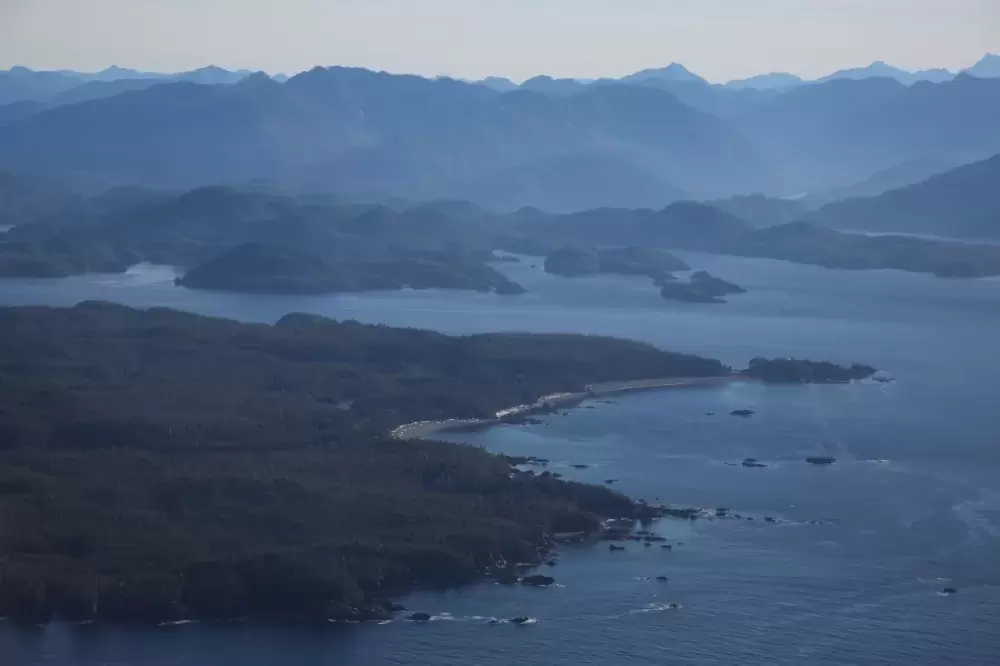The ancient remains of two people have finally been laid to rest on Nootka Island, following an internment practice undertaken by the Nuu-chah-nulth a millennium ago.
On Jan. 23 a dozen or so participants witnessed the placement of the remains in a cave at an undisclosed location on Nootka Island. Led by elders from the Mowachaht/Muchalaht First Nation, the ceremony was held to finally lay the remains to rest. Radiocarbon dated to be 1,000 years old, the remains of a woman and adolescent were discovered at the Yuquot lighthouse during archaeological assessments in the summers of 2017 and 2018.
The reinternment was originally planned for Dec. 11, but had to be postponed due to stormy weather at the ancient Mowachaht village site. The Canadian Coast Guard assisted with helicopter transportation, said Kevin Kowalchuk, band administrator for the Mowachaht/Muchalaht First Nation.
“We had tried to do it before, but the weather was just not good. It finally cooperated, so now the ancestors can rest in peace,” he said. “It was a small ceremony. There were no photos taken at all out of respect for what was happening.”
Ray Williams, a Mowachaht elder and lifelong Yuquot resident, was comforted that the woman’s remains were finally put to rest in a culturally respectful manner.
“That’s the way they did it in her times when she was here,” he said, noting that his ancestors weren’t normally buried in the ground. “It was important that she was brought back the way they did it 1,000 years ago into the cave, which our people normally did.”
Williams is familiar with the site where the remains were put to rest. About 30 years ago he encountered other remains in the cave while working with an archaeologist who was studying Yuquot, where evidence of human habitation for at least 4,300 years has been unearthed during previous studies.
“There was a woven cedar blanket wrapped around a child,” Williams recalled.
Archaeologist Colleen Parsley determined that the remains found by the lighthousein 2017 and 2018 were likely not originally placed there, but moved from another location at the ancient village site earlier in the 20th century. This probably occurred when soil was moved by lighthouse keepers for a garden at the station, according to Parsley’s assessment.
In appreciation for the Coast Guard’s assistance, Mowachaht/Muchalaht First Nation Ha’wilth Jerome Jack prepared gifts for the pilots, said Williams.







